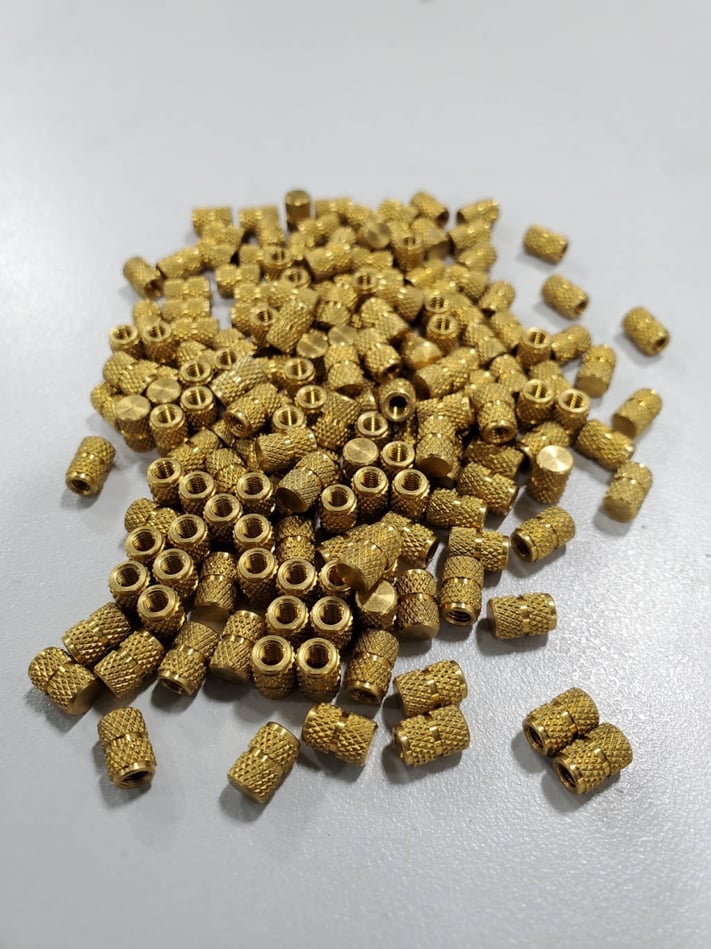
If you are new to the world of custom molding, then the variety of manufacturing choices, such as overmolding vs insert molding, may be overwhelming. Specific requirements may vary with each project, so different specialized molding or welding techniques may be better than others. Luckily for our customers, AIM Processing is a company with thorough, time-tested industry knowledge. Our team deftly guides you to find the right procedures and processes for the right projects. Moreover, AIM is committed to guiding you through the early stages of your projects’ needs.
Because of this dedication to the customer, AIM has helped our customers take over 2000 parts from the idea stage into production. One way our team is here to help get your designs to the build stage is by offering a brief overview of insert molding, ultrasonic welding, and heat staking options. With our guidance, our customers ensure high-quality and cost-efficient final results.
Insert Molding
Where insert molding is concerned, AIM Processing is the expert. Custom plastic injection molding is our specialty, especially when the insert molding projects involve small plastic parts, which we define as anything between the size of your fingernail and your hand. Insert molding can be a vague term, but it generally refers to placing a non-plastic object into a tool and injecting plastic around that object to capture it in place. Some examples of objects can be threaded inserts, plated battery contacts, or metal lanyard attachments. In low to mid-volume manufacturing, a machine operator places these items by hand in the tool at the start of each cycle. In very high volume applications, automation can streamline this operation. Some benefits to insert molding include better retention of the object in the plastic and control over insert location and orientation. If the process already requires an operator at the press, the additional cost is very low. As a trade-off, this process does not work efficiently if there are a large number of inserts in each part or if the cycle is very long.
Ultrasonic Welding
Ultrasonic welding can also be used to place threaded inserts into a preformed hole. At very high volume, this can be automated. In low to mid-volume manufacturing, this is also a manual process but the insertion takes place in a secondary operation away from the molding floor. Because it is a secondary operation, the output pace is determined by the assembly operator. Specialized equipment is necessary for this process, but the retention of the inserts is often as strong as with insert molding.
Additionally, ultrasonic welding has applications that go beyond simple insert placement. Ultrasonic welding can be used to join two plastic parts, made from the same or different plastics. In essence, energy is directed to small features that soften or melt and bond with the opposing piece before cooling. The benefits to ultrasonic welding can mean moving secondary operations offline, which can reduce cost. But, this process may require development of customized fixtures.
Heat Staking
Heat staking is a third way to place threaded insert into a finished plastic part. An indirect heating method is used to soften the surrounding plastic while it plunges into place. This is very cost effective for low volume parts, but there can be a little less control over the process, including the displacement of the heated plastic.
Additionally, heat staking can also be used to melt over a feature to capture another piece, whether made of metal or plastic.
Learn More About Insert Molding Vs Over Molding, or Ultrasonic Welding Vs Heat Staking with AIM Processing
Of course, it is impossible to fit over 25 years of industry experience into a brief overview. So if you are interested in exploring the extent of our insert molding, ultrasonic welding, or heat staking knowledge, feel free to get in touch with our experts. We prioritize clear communication and readily available personal service in order to provide our customers with the best possible partnership experience and final project results.

 SINCE 1993 MADE IN USA
SINCE 1993 MADE IN USA 

